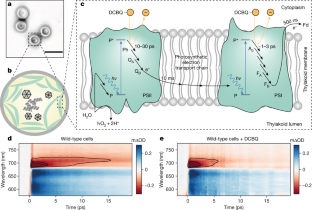2023-03-22 ケンブリッジ大学
このデバイスは、過去のニューラルインプラントと異なり、筋肉細胞をニューロンとの間に配置することで、人工器具と神経を接続することができた。このデバイスは、アンプティー(四肢欠損者)や四肢の機能を失った人々のための非常に有望な発展を示しているが、人間に使用するためには、さらに多くの研究と試験が必要である。
<関連情報>
バイオハイブリッド再生バイオエレクトロニクスによる切断末梢神経の機能回復 Functional neurological restoration of amputated peripheral nerve using biohybrid regenerative bioelectronics
Amy E. Rochford,Alejandro Carnicer-Lombarte,Malak Kawan,Amy Jin ,Sam Hilton,Vincenzo F. Curto,Alexandra L. Rutz,Thomas Moreau,Mark R. N. Kotter,George G. Malliaras,Damiano G. Barone
Science Advances Published:22 Mar 2023
DOI:https://doi.org/10.1126/sciadv.add8162

Abstract
The development of neural interfaces with superior biocompatibility and improved tissue integration is vital for treating and restoring neurological functions in the nervous system. A critical factor is to increase the resolution for mapping neuronal inputs onto implants. For this purpose, we have developed a new category of neural interface comprising induced pluripotent stem cell (iPSC)–derived myocytes as biological targets for peripheral nerve inputs that are grafted onto a flexible electrode arrays. We show long-term survival and functional integration of a biohybrid device carrying human iPSC-derived cells with the forearm nerve bundle of freely moving rats, following 4 weeks of implantation. By improving the tissue-electronics interface with an intermediate cell layer, we have demonstrated enhanced resolution and electrical recording in vivo as a first step toward restorative therapies using regenerative bioelectronics.


